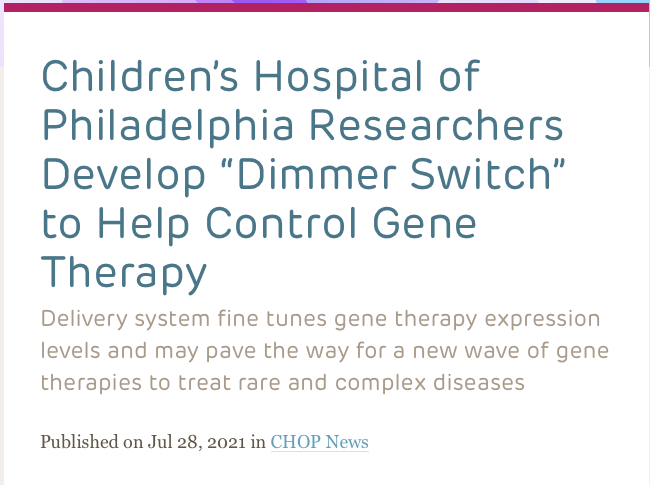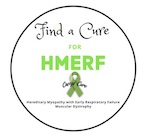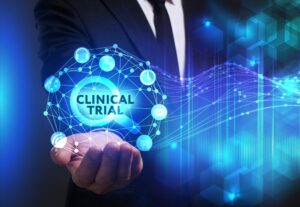Labs:
Where The Work Gets Done...


Congressmen Paul Tonko (D-NY) and David McKinley (R-WV) introduced the HEART Act (HR 1184) on Feb. 16, 2021. Please contact Emily (Emily.Silverberg@mail.house.gov) or Kirsten (Kirsten.Wing@mail.house.gov) to cosponsor the HEART Act.
The HEART Act contains 5 provisions critical to rare patients:
- Advisory Committees When an advisory committee was largely “saved” and resulted in a positive vote recommending approval by the “accidental” attendance of one physician with experience in the science of small studies, we went looking for a requirement that this should occur systematically. There is no such requirement today.
- Solution. Require a rare/ultra-rare expert in the science of small population studies at Advisory Committee meetings when the application under review is for a low prevalence condition.
- Review Division Transparency The “orphan” category is actually fairly broad with respect to impacted population, and there may be issues in patient populations below 15-20,000 that are not present when prevalence approaches 200,000. When a review division asks questions that clearly indicate a lack of experience in ultra-rare applications, we went to see how many applications they had reviewed before. This data is unavailable. Is it also unavailable to Congress and to the FDA itself?
- Solution. Require annual report to Congress that sets out, by division, how many rare applications were reviewed, Agency actions, and the prevalence #s for that rare condition (this could be pulled from sponsor submission on orphan designation request.)
Read more about how this bill will help patients like Casey who fall into the ultra rare category, with patient populations <200,000 that are typical sizes needed for additional research orphan drug research.
Gene Therapy Trial for Rare Form of MD Planned for Next Year
Asklepios BioPharmaceutical (AskBio) is planning to launch a Phase 1/2 clinical study to evaluate LION-101, its investigational gene therapy for limb-girdle muscular dystrophy type 2I/R9 (LGMD2I/R9). Read more by clicking the link below.
This article announces a $32 million Series A in order to move their research work on anti-aging work to study muscular dystrophies. Cambrian Biopharma has invested in several technologies that could slow or reverse the effects of aging, such as boosting mitochondria or regenerating tissue. But they’re applying them first in diseases where they could have a more immediate impact.
For muscular dystrophies, Vita will try to take the same strategy that CRISPR Therapeutics and other gene editing companies... read more here...
News Stories about n-1 drug therapies
October 25, 2020
Let me begin by saying that finding a cure for an incredibly rare disease used be unthinkable.
But with today's technologies, these n-1 cases ( meaning research cases being done on only one individual) are becoming more and more available and bringing hope to those who suffer now, and in the future, from these rare debilitating diseases.
I've included links to two specific groups who are the biggest hope for us at The Foundation for Casey's Cure, because while we may be looking into one subgroup, that research often overlaps other researchers' work, thereby spreading complimenting therapies for other rare disorders.
One organization is the Charles River Lab, who was able to support @TimYu 's work at Boston Children's hospital and find a cure within 7 months of his initial search. That wasn't possible because he alone constructed the cure from scratch. Rather, he built upon those who are in current searches for rare diseases and was able to build this cure from that foundational information.
Another organization that is the n-Lormen Foundation :
n-Lorem Foundation launches to develop individualized therapies for ultra-rare diseases.
Led by former Ionis CEO Stanley Crooke, the nonprofit hopes to make it easier, safer, and cheaper to
develop N-of-1 drugs
This is recent work that we are hoping will help us raise the initial $50,000 (out of a total of $350,000) in order to get research started with The Charles River Lab, and Dr. Tim Yu's Lab with Dr Granzier from Ohio State.
You can help us by donating through our Charitable Website. And remember, every contribution counts!
https://charity.gofundme.com/o/en/campaign/finding-caseys-cure3
January, 2020
This page is intended to give our prospective donors an understanding of who we believe will be the ultimate researchers on Case's defective gene, #603689, located on the TTN gene, the longest protein chain in our bodies.
These links, while not comprehensive, are intended to provide some insight into the work being done in the area of neurological diseases, where the study of Muscular Dystrophy resides.
- https://wayback.archive-it.org/7993/20190207210420/https://www.fda.gov/NewsEvents/Newsroom/PressAnnouncements/ucm521263.htm
- Dr. Kim Yu's Work on Duchenne Muscular Dystrophy: kim_yu_nejm-2019_patient-customized_aso.pdf
- NORD: Information from the National Organization for Rare Diseases Research Policy: nord_rare_disease_research_grant_policy-1.pdf
Part of an email received from our first outward request for researchers interested in studying Casey's tissues:
Our board member (a graduate of Notre Dame University) , heard from Ohio State (researchers) today (March 4, 2020) and they have an approved protocol to use out-of-state patients. Recall this was the collaboration with Dr. Granzier to study TTN protein expression and function in (a) cohort of TTN patients at Ohio State. The ideal match would be Casey and Christopher, (Casey's unaffected brother). In addition, the biopsy and blood specimens can be taken for work on specific cells. (Granzier) could see the latter being done at Granzier’s lab in Arizona.
Now Dr. Granzier has decades of work on TTN with a functional lab. Yu mentioned he would be happy to talk with him about his work on oligonucleotides which could be a fruitful collaboration to get some direct (applied?) research on Casey’s cells. Our Board Member will try to blind contact the CEO and chief R&D folks at Sarepta (a medical company currently working on Duchenne and Limb-Girdle muscular dystrophies) with our issue (useful as a lab with muscle application). To me (the Board Member), this can form a rudimentary team. I am thinking if we can raise the money. we can get Granzier started on some targeted work.

